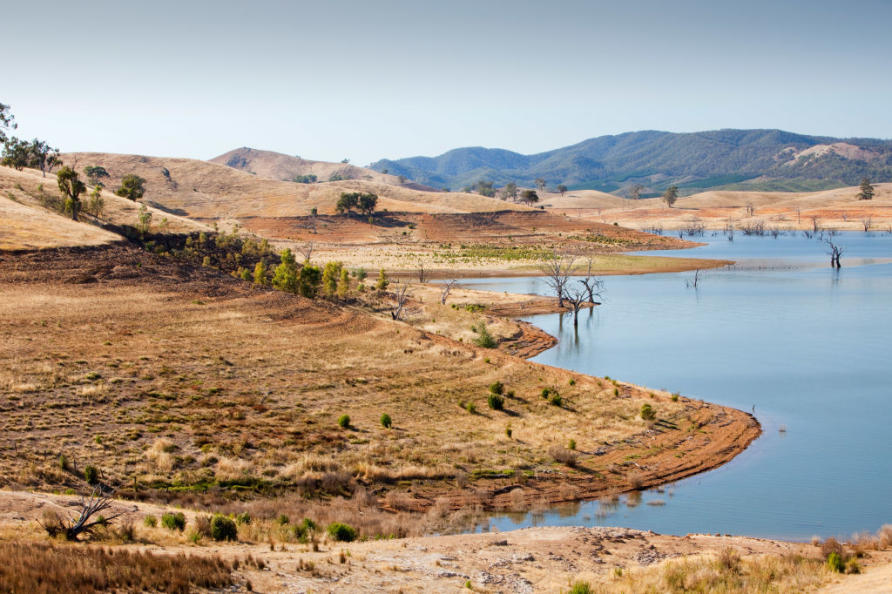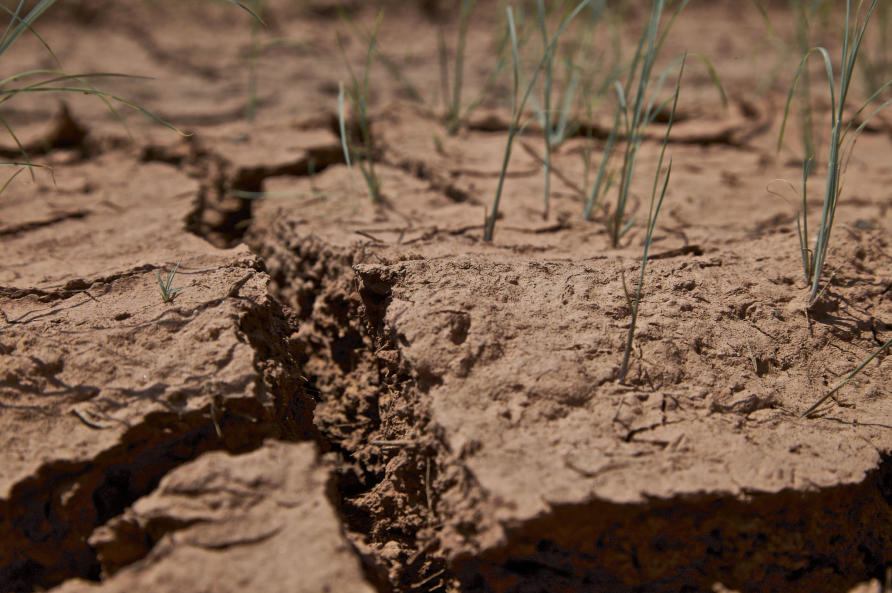Victoria’s wet spring won’t damp down summer bushfires

A recent wet spell as we head into summer has left some Victorians wondering if we might be able to look forward to a less dangerous fire season this year; particularly in light of California’s recent devastating fatal wildfires.
But according to University of Melbourne bushfire expert Associate Professor Kevin Tolhurst, while a week or so of rain will reduce fuel available for a fire, the reprieve it offers is brief.
“Recent rainfall has an effect for perhaps two to four days; it moistens the soil, wets up some of the dead wood material and puts more moisture into the leaves of the understory plants in a forest,” he says. The understory plants are those growing in between the forest canopy and floor, as well as the trees.
“So, while it does put some more moisture into the system, most of that is lost within a few days.”
Soaking the soil
When rainfall happens in a few hours a lot of it runs off rather than soaks in.
“You need a long period of rainfall to get into the soil, to get the very gradual movement of moisture from the topsoil down.”
But for bushfires the overall rainfall for a season is more important. This influences how much moisture is stored in the soil. It takes time to build these levels up and, in Victoria, it’s the ‘soaking rain’ we typically see in spring and winter that is particularly important.
“Rain infiltrates the soil slowly, it takes months,” says Dr Tolhurst.
Over the course of a season, the soil is a massive reservoir of moisture. But in a drought, the amount of moisture in the soil is low, stressing plants in the forest understory.
This stress eventually leads to some plants dying, more leaves and woody material falling off – which means more material on the ground to fuel fires.

And while it’s been some time since Victoria was officially in drought, we are still suffering the consequences of the last one.
Paying the price of drought
In many parts of the state, the last time our soil held ‘normal’ levels of moisture was before the Millennium Drought, which ran from the late 1990s until 2010.
“Even eight years on from the drought, a lot of the mountain stream flows remain less than they should normally be,” says Dr Tolhurst. “Some of our reservoirs like the Thompson aren’t full, because the streams still aren’t flowing at normal levels.
“Even though Victoria has had reasonable spring and winter rains in the last two or three years, the deeper soils still aren’t recharged. So while the topsoil has been getting nice and wet, which is good for grass and shallow rooted plants, the moisture is being used before the next lot of rain comes.
“We’re not getting that surplus into the base flow. It’s a long cycle and it hasn’t re-adjusted yet.”
Climate change in action
What we’re seeing, says Dr Tolhurst, is the effects of climate change playing out before us. And they’re happening fast.
“Whenever there’s been a change of climate in the past, flora and fauna have effectively taken thousands of years to adapt.

“But what we’re seeing with human-induced climate change is happening over 200 years or so – it’s very quick in geological terms, and plants don’t have a chance to migrate to more suitable locations.
“So the changes are much more brutal; things like previously dense forest becoming more open.”
And as that change takes place, the plants that are dying become fuel, leading to more intense fires than we’ve seen in the past.
“Fire is an important part of the climate change transition,” says Dr Tolhurst. “We’re seeing more frequent, intense and expensive fires in the landscape.”
In addition to the effects of climate change, as populations become more urbanised around the world, land is used for human purposes like parks, without being managed properly.
“We’re not doing enough in the landscape to compensate for human-induced climate change,” says Dr Tolhurst.
“We’ve interfered with nature by fragmenting the landscape, changing the climate, and creating more ignition sources. We have an obligation to manage the fire risk we’ve created better.”
He says there are proactive management strategies that can help manage fire risk, like thinning forests, removing dying woody material before it becomes fuel and prescribed burning to maintain a sustainable fire balance in natural systems.
“Letting nature take its course is a flawed argument given all the changes we’ve already made to the environment,” says Dr Tolhurst.
“Over 70 per cent of fires in Victoria come from human sources.
“Human activity has created these ignition sources, so we need to do everything we can to manage them, and reduce our fire risk.”
This article was published by Pursuit.
Catriona May is a network producer for the University of Melbourne’s ‘Pursuit’ programme. She works closely with academics and communications colleagues to commission, edit and write content that showcases the University’s research expertise in a relevant and readable way.












